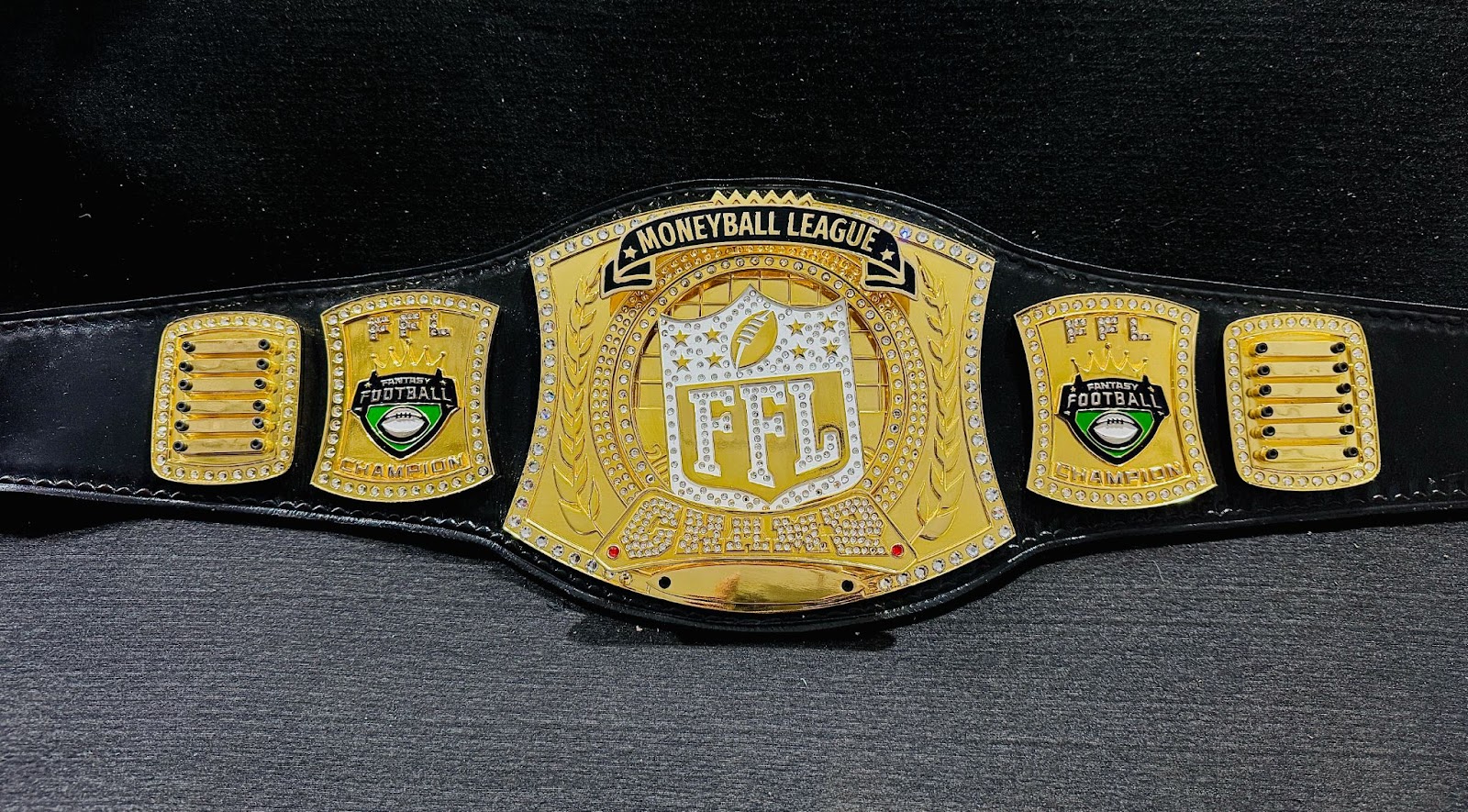The National Football League (NFL) is marked by its continuous commitment to innovation and enhancement. It's a league that has not shied away from making substantial rule changes to improve the sport for both players and viewers alike. These alterations reflect not only the game’s development but also the continuous effort to enhance player safety and make the sport more engaging for fans. Moreover, these changes often directly impact NFL betting odds and fantasy football strategies, as they alter team dynamics and player performance, requiring fans and bettors to adapt their predictions and selections accordingly.
Some of the most pivotal changes in the past include the introduction of the forward pass in 1906, the creation of the two-point conversion in 1994, and the implementation of instant replay in 1986. As we continue the opening month of the 2023 NFL season, we look forward to evaluating several new rules, including alterations to jersey numbers and handoff procedures, each poised to leave a lasting impact on the game as we know it, further influencing NFL betting odds and the fantasy football landscape.
The Forward Pass (1906)
The introduction of the forward pass in 1906 marked a turning point in the history of football. Before this seminal change, the game predominantly centered around running plays, limiting the breadth and variety of offensive strategies. The new rule, allowing teams to throw the ball forward from behind the line of scrimmage, fundamentally changed the game's dynamic. It has not only added layers of strategic depth and excitement but also significantly contributed to player safety by reducing the number of hazardous mass formations.
The strategic complexity we witness in today's NFL, with intricate passing schemes and strategies, owes its existence to this landmark rule change. Over the last 50 years, the league has implemented more rules to enhance the passing game, such as illegal contact and pass interference calls. The forward pass thus remains a cornerstone, shaping the modern, high-scoring, and exhilarating game we enjoy today.
The Two-Point Conversion (1994)
The NFL took a page out of the college football rule book by adding the two-point conversion in 1994. This new rule permitted teams to attempt a play from the two-yard line (in college, it’s the three-yard line) for an extra two points after scoring a touchdown in lieu of the traditional extra point kick. The two-point conversion has infused additional strategic depth into the game, allowing for more diverse and unpredictable game plans.
Teams can now alter the score in previously unavailable ways, making late-game comebacks more feasible and adding an extra layer of excitement for fans. The rule has had a broad and lasting impact, creating additional dramatic moments and opportunities for innovative coaching strategies.
Instant Replay (1986)
In 1986, the NFL once again made a significant stride towards fairness with the introduction of the instant replay review system. With this system in place, officials had the opportunity to review contentious calls using video footage, ensuring higher accuracy in officiating. The instant replay system has undergone several adjustments over the years and was even abandoned from 1991 to 1999.
Despite some controversy over delays and decisions, the essential function of ensuring correct and fair calls prevails, contributing massively to the game’s integrity and fairness. This rule change signifies the NFL's commitment to just and accurate gameplay, enhancing the experience for players, coaches, and fans alike by reducing the likelihood of game-altering officiating errors.
Changes for 2023
In preparation for the 2023 season, the NFL has rolled out an array of notable new rules. One such change allows players to use zero as a jersey number, providing greater flexibility and personalization for players. Kickers and punters now have expanded options for jersey numbers as well. The intensification of the penalty for tripping, now a 15-yard offense, underscores the NFL's commitment to sportsmanship and player safety.
Further, the restriction on handoff positions — necessitating handoffs to be made next to or behind the quarterback — challenges teams to adapt their offensive strategies, especially in plays involving read options, ensuring a balanced and fair competition and preserving the game’s integrity.
One rule that was not altered was the “quarterback sneak” play. Several teams, most notably the Philadelphia Eagles, have taken advantage of pushing the quarterback over the line of scrimmage in a short-yardage situation. The ability to push a quarterback was once outlawed but then lifted in 2005. The increase of teams successfully pushing a carrier across the line has led to many fans wanting the NFL to re-examine this rule.
More 2023 Updates
The 2023 season will also witness the NFL’s push towards enhancing player safety and ensuring smooth gameplay. A new rule for that season only incentivizes kick returners to opt for a fair catch in certain situations, potentially reducing the number of hazardous play scenarios and prioritizing player welfare. The writing seems to be on the wall for one day doing away with kickoffs altogether.
Additionally, the rule against lowering one's head to make contact with an opponent’s neck or head, regardless of the intent, further highlights the league’s unwavering focus on reducing serious injuries on the field. These updates affirm the NFL's dedicated approach to balancing an exciting and dynamic game with the paramount importance of player safety.
The Impact on Strategy and Safety
The 2023 rule changes reflect the NFL’s consistent dedication to evolving the game for the better. The restrictions on handoff positions, designed to prevent teams from gaining an unfair advantage, are set to shift offensive strategies, compelling teams and coaches to rethink and recalibrate their game plans. This continuous evolution ensures the NFL remains fresh and exciting.
The additional emphasis on penalties for actions like tripping and head-lowering contacts underscores the NFL's focus on player safety, continuing the trend of making football safer for all participants, further enhancing its appeal and longevity.
Conclusion
In summation, the NFL's history is abundant with rule changes that have fundamentally shaped the sport. As we gear up for the 2023 season, these new rules highlight the league's unyielding commitment to progress, safety, and overall game enhancement. These continual adaptations keep the game exhilarating and fresh for viewers and players alike and ensure the safety and fairness crucial for the sustained growth and popularity of the sport. The NFL’s ability to adeptly balance these aspects is what keeps it at the forefront of American sports, making every new season a much-anticipated event.




